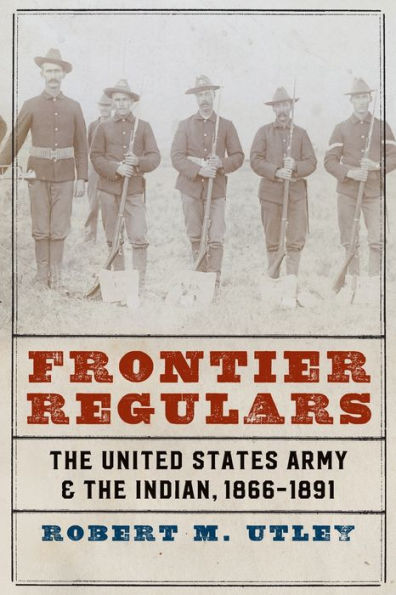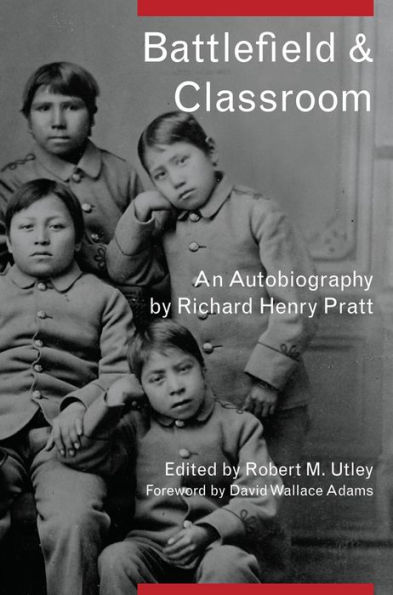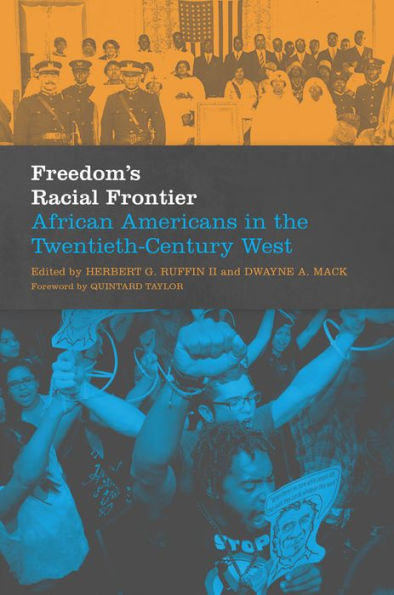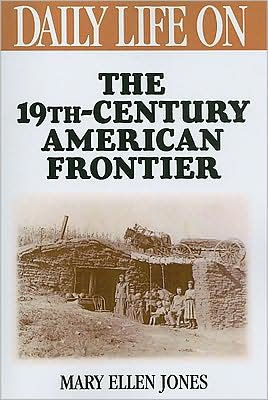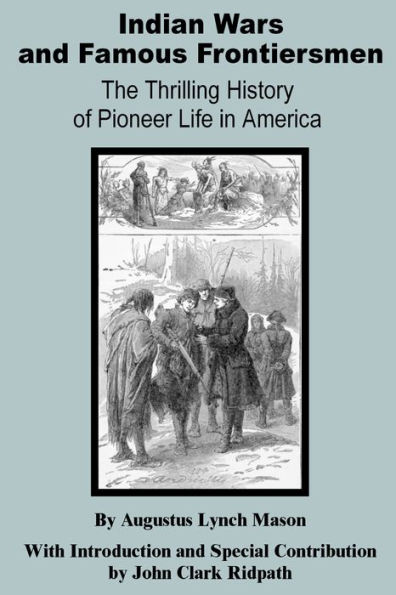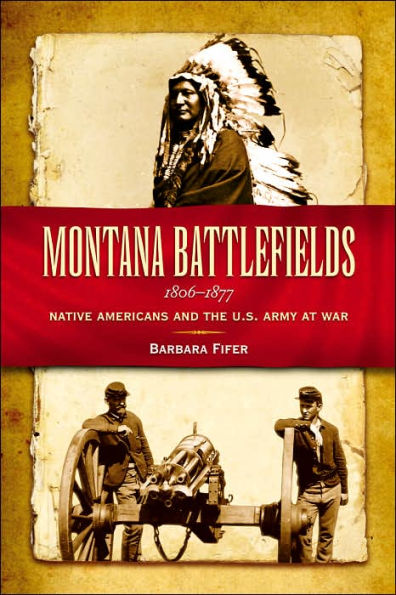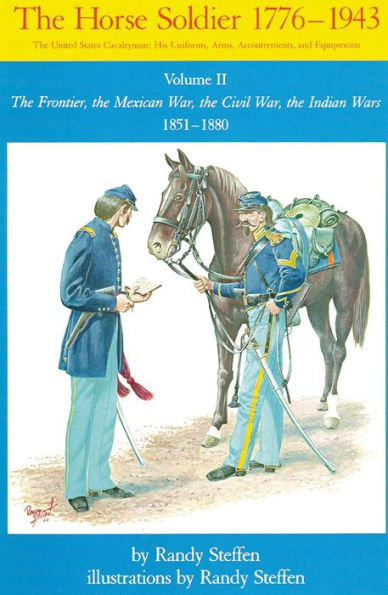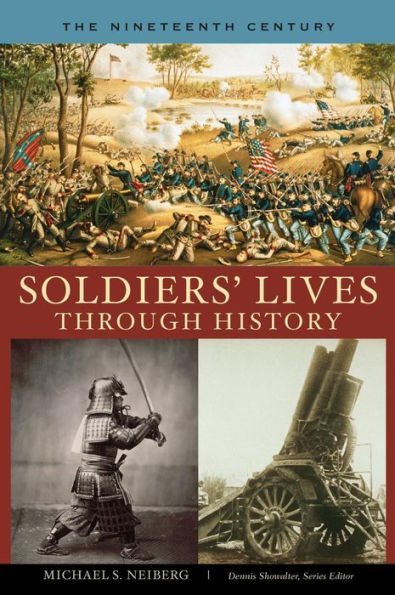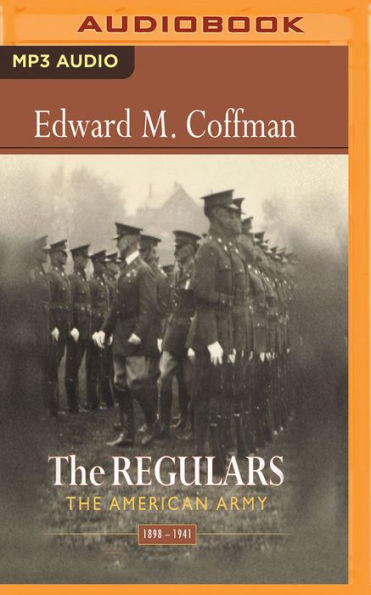Home
Class and Race in the Frontier Army: Military Life in the West, 1870-1890


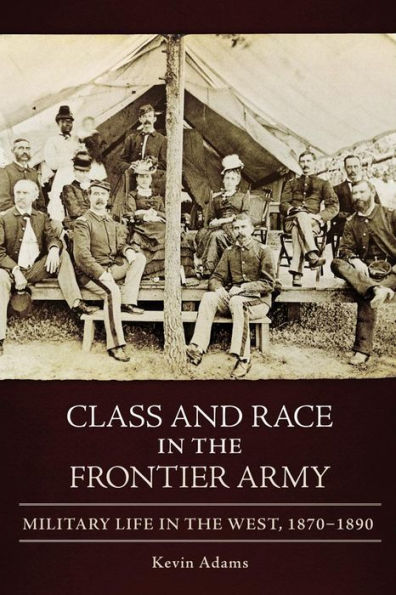
Class and Race in the Frontier Army: Military Life in the West, 1870-1890
Current price: $34.95
Loading Inventory...
Size: OS
Historians have long assumed that ethnic and racial divisions in post–Civil War America were reflected in the U.S. Army, of whose enlistees 40 percent were foreign-born. Now Kevin Adams shows that the frontier army was characterized by a “Victorian class divide” that overshadowed ethnic prejudices.
marks the first application of recent research on class, race, and ethnicity to the social and cultural history of military life on the western frontier. Adams draws on a wealth of military records and soldiers’ diaries and letters to reconstruct everyday army life—from work and leisure to consumption, intellectual pursuits, and political activity—and shows that an inflexible class barrier stood between officers and enlisted men.
As Adams relates, officers lived in relative opulence while enlistees suffered poverty, neglect, and abuse. Although racism was ingrained in official policy and informal behavior, no similar prejudice colored the experience of soldiers who were immigrants. Officers and enlisted men paid much less attention to ethnic differences than to social class—officers flaunting and protecting their status, enlisted men seething with class resentment.
Treating the army as a laboratory to better understand American society in the Gilded Age, Adams suggests that military attitudes mirrored civilian life in that era—with enlisted men, especially, illustrating the emerging class-consciousness among the working poor.
offers fresh insight into the interplay of class, race, and ethnicity in late-nineteenth-century America.
